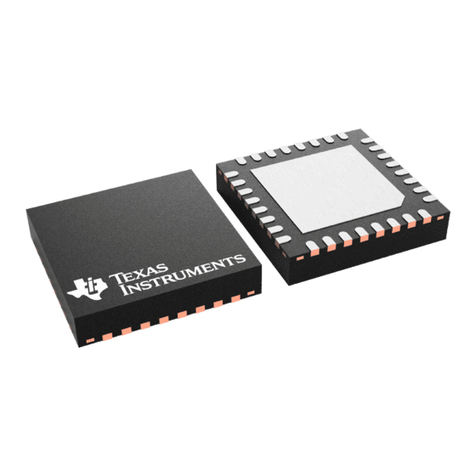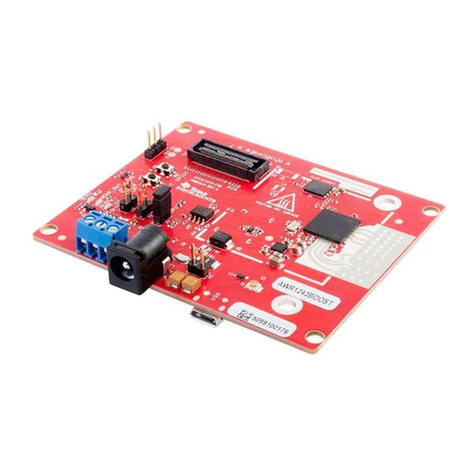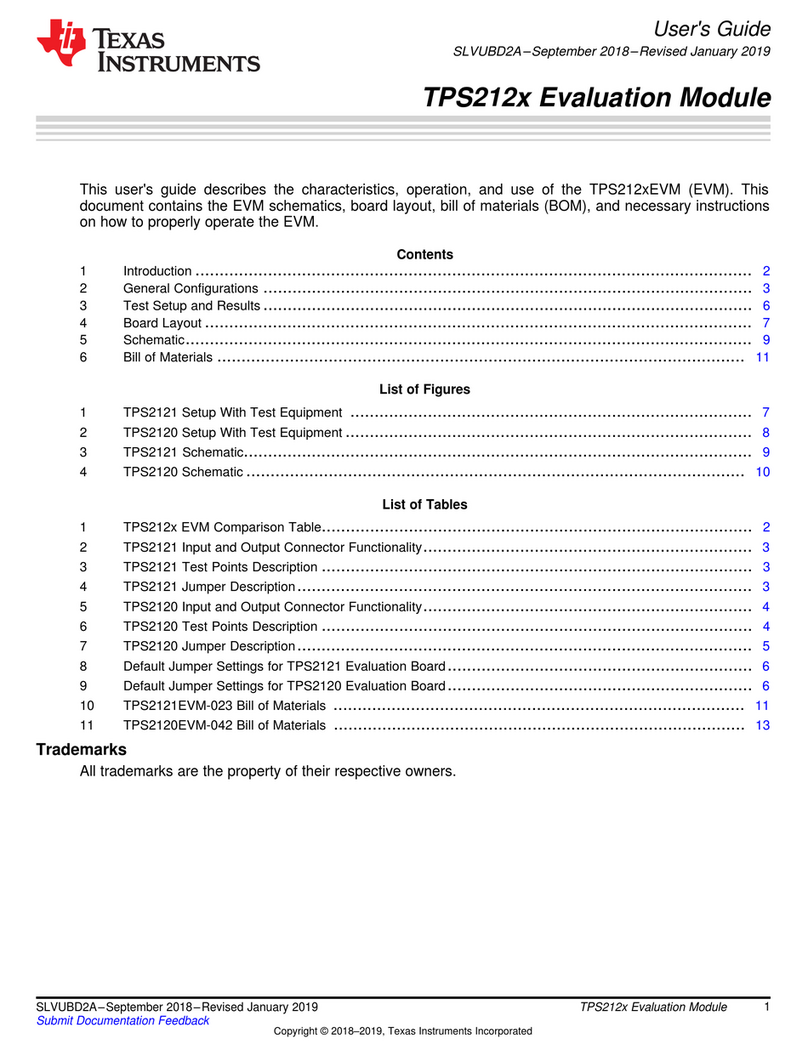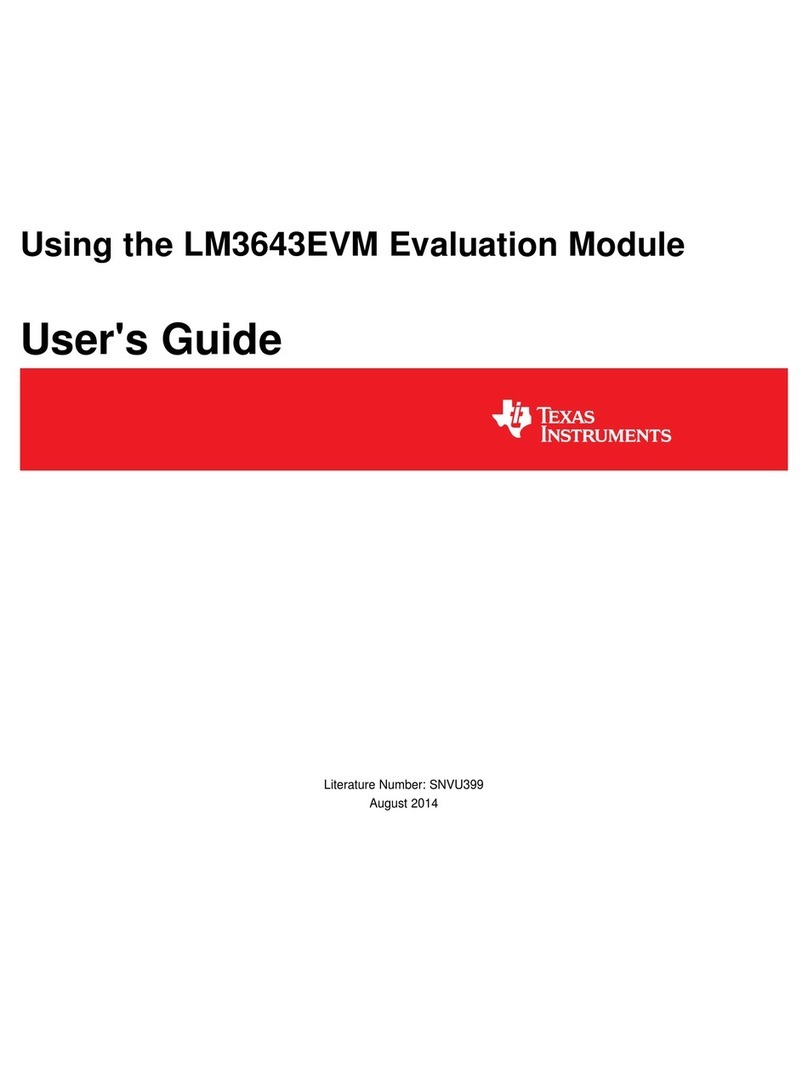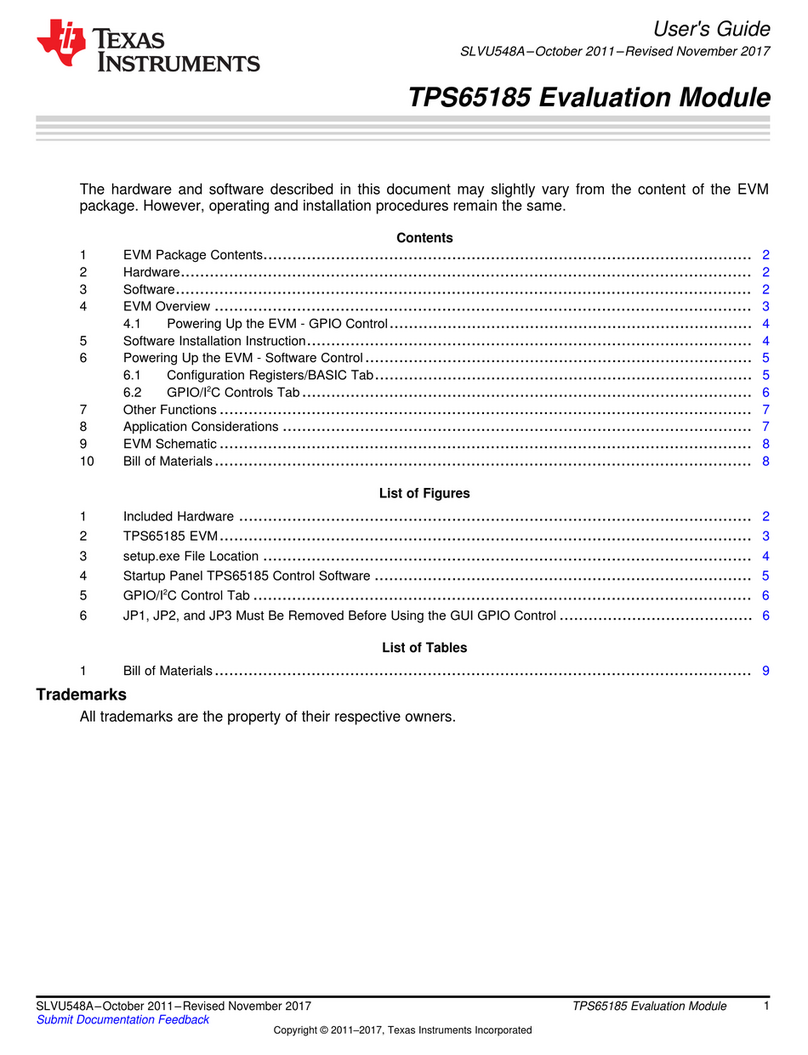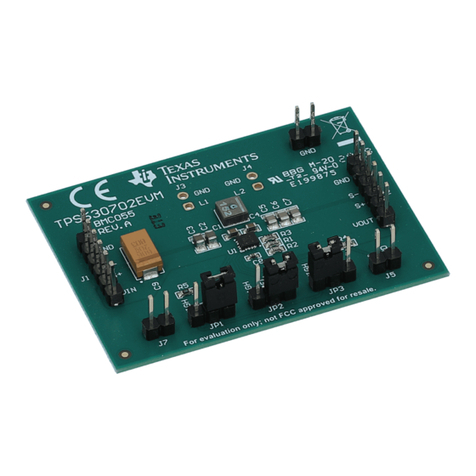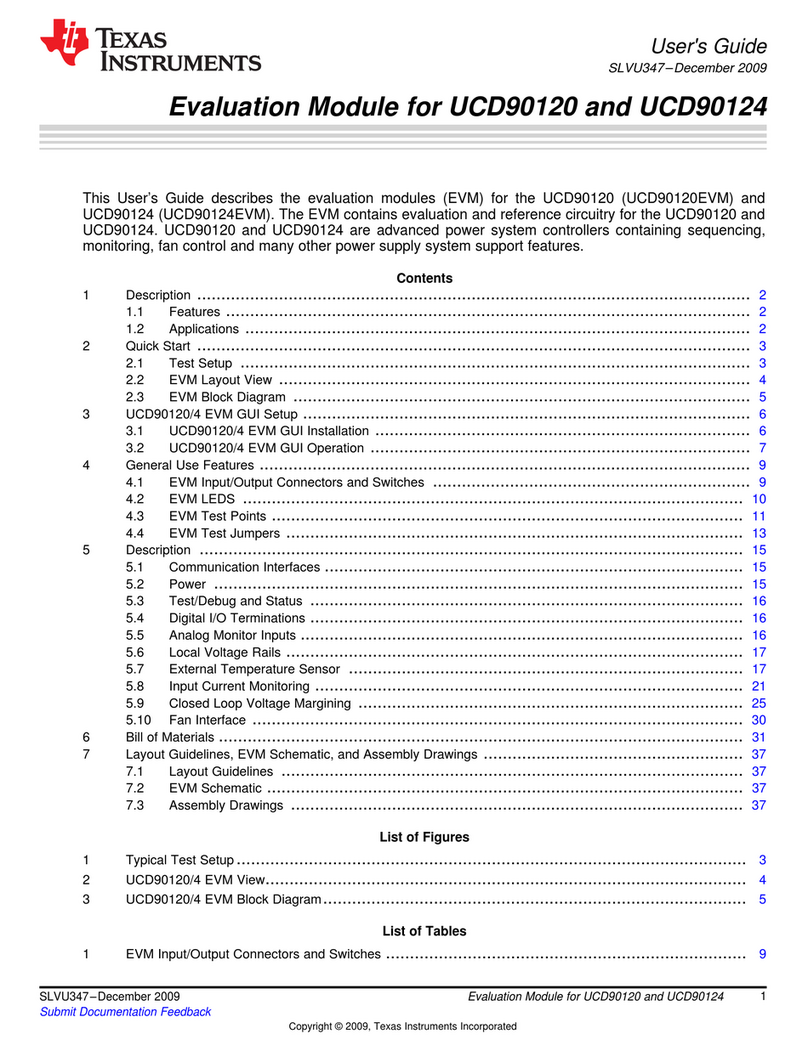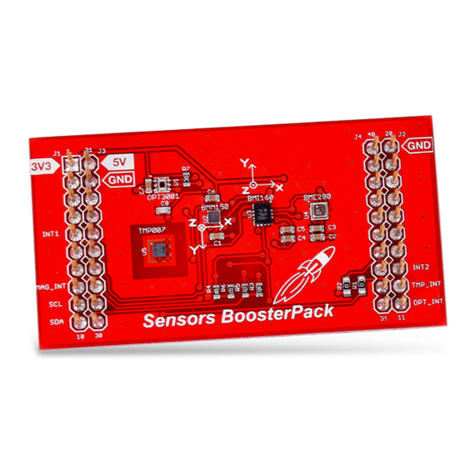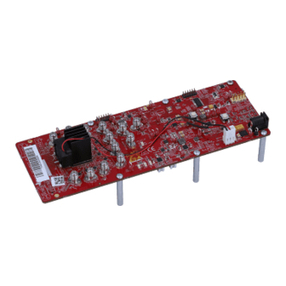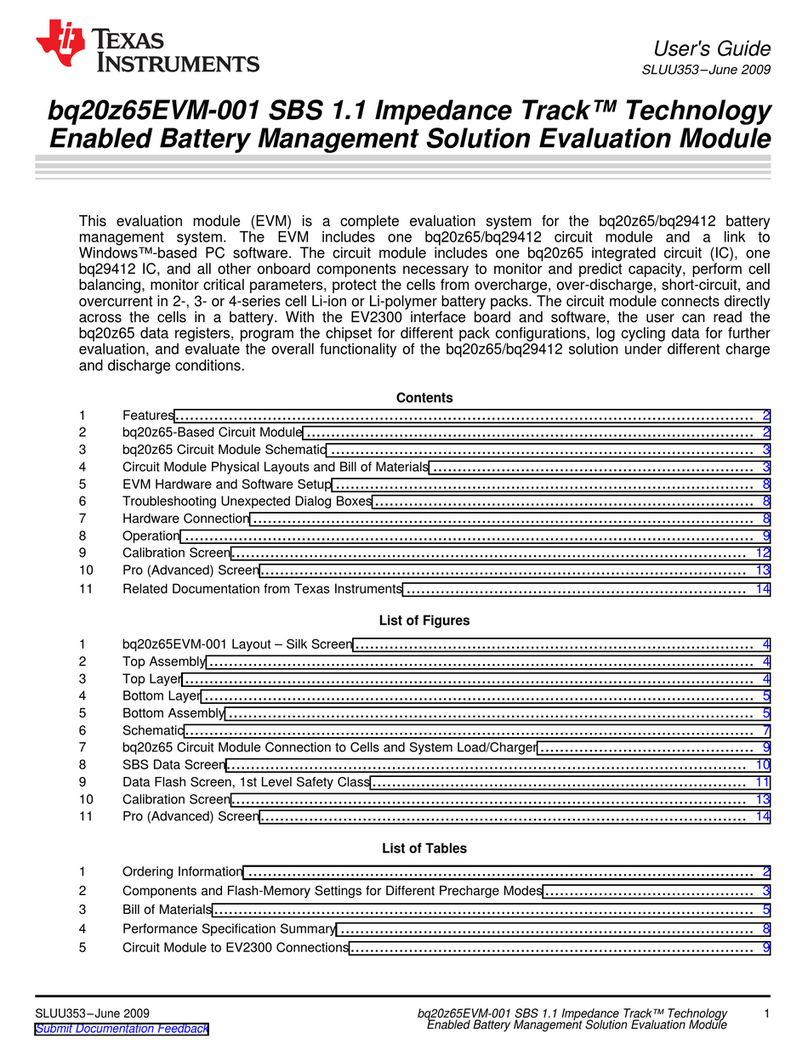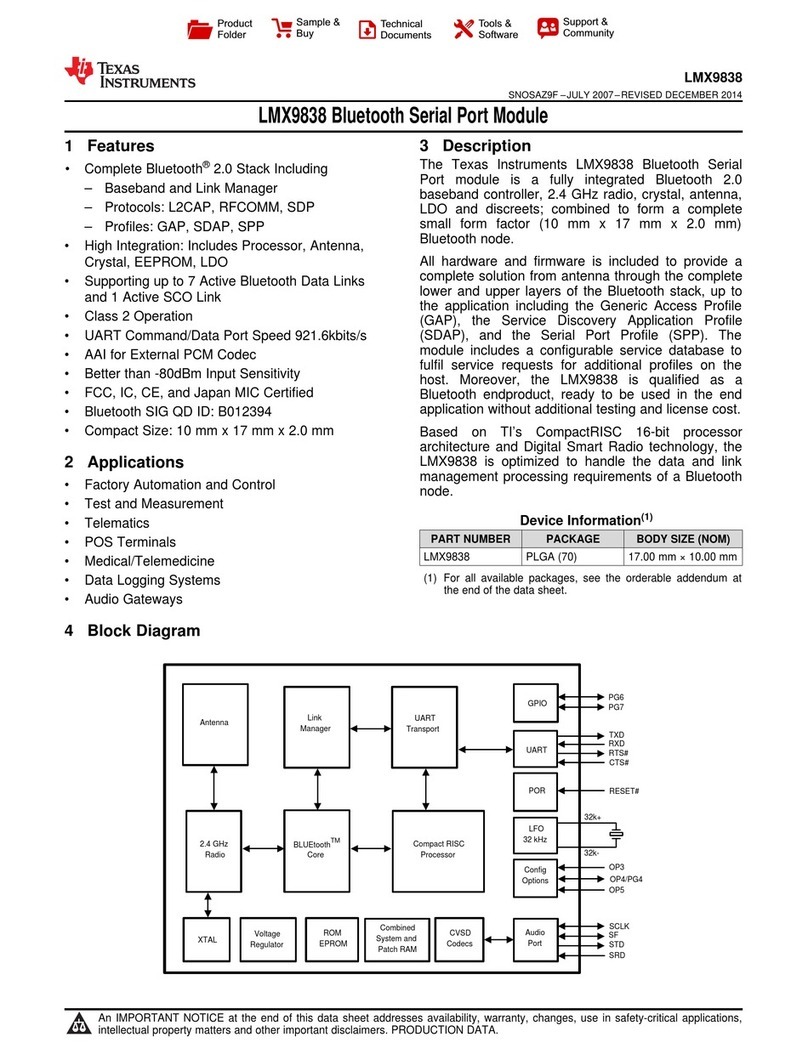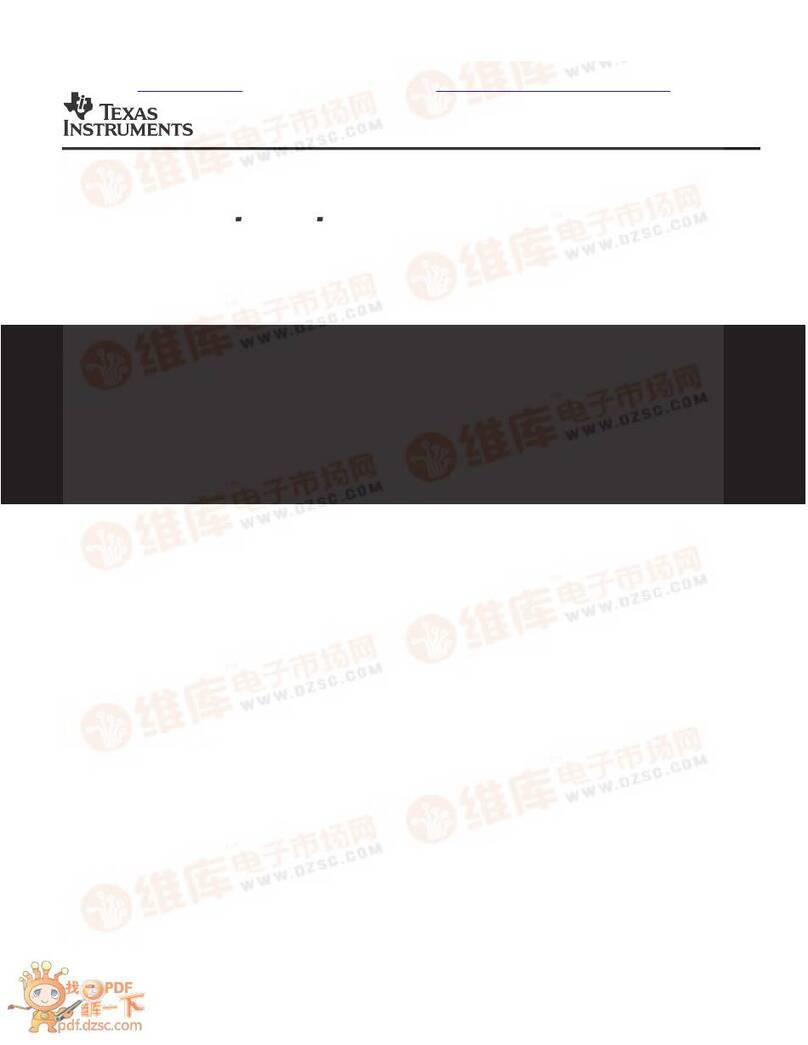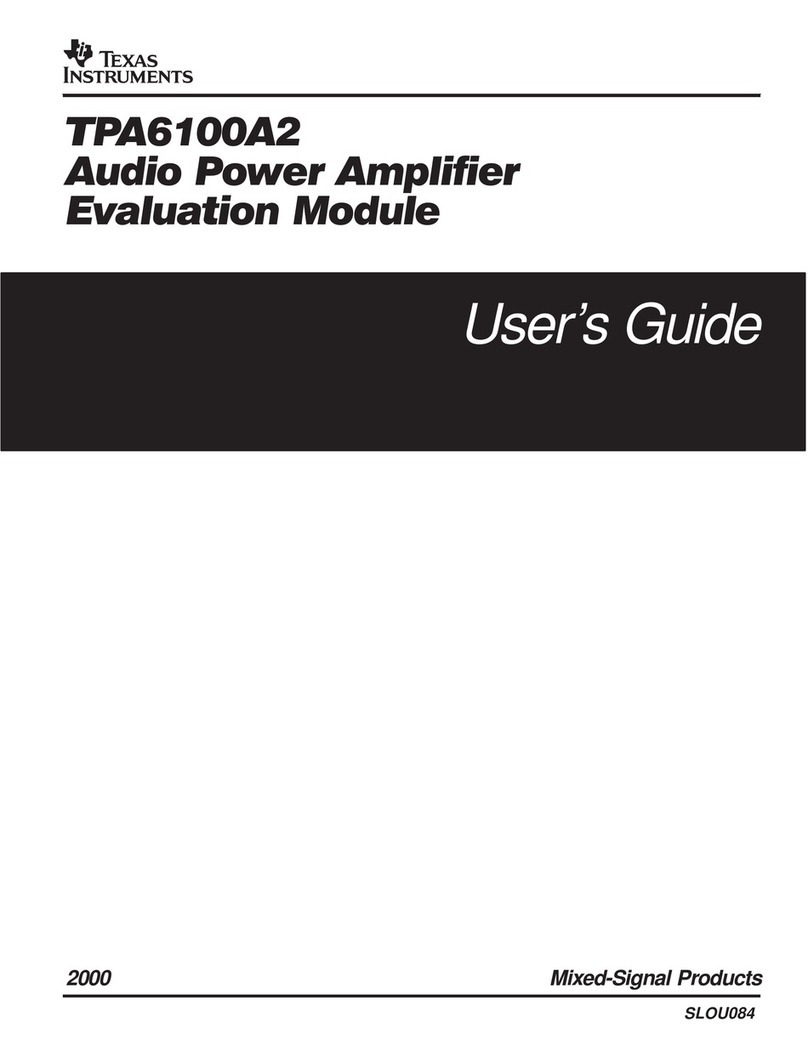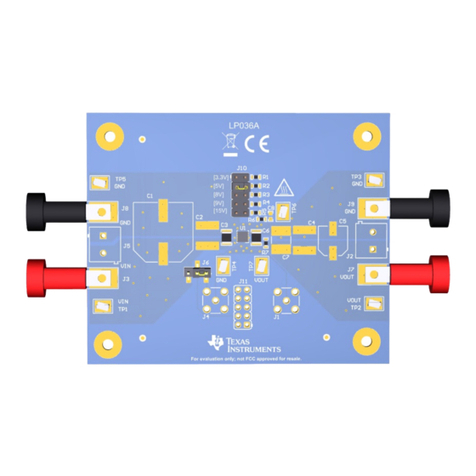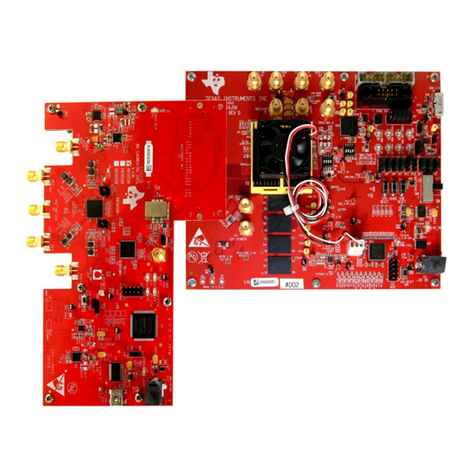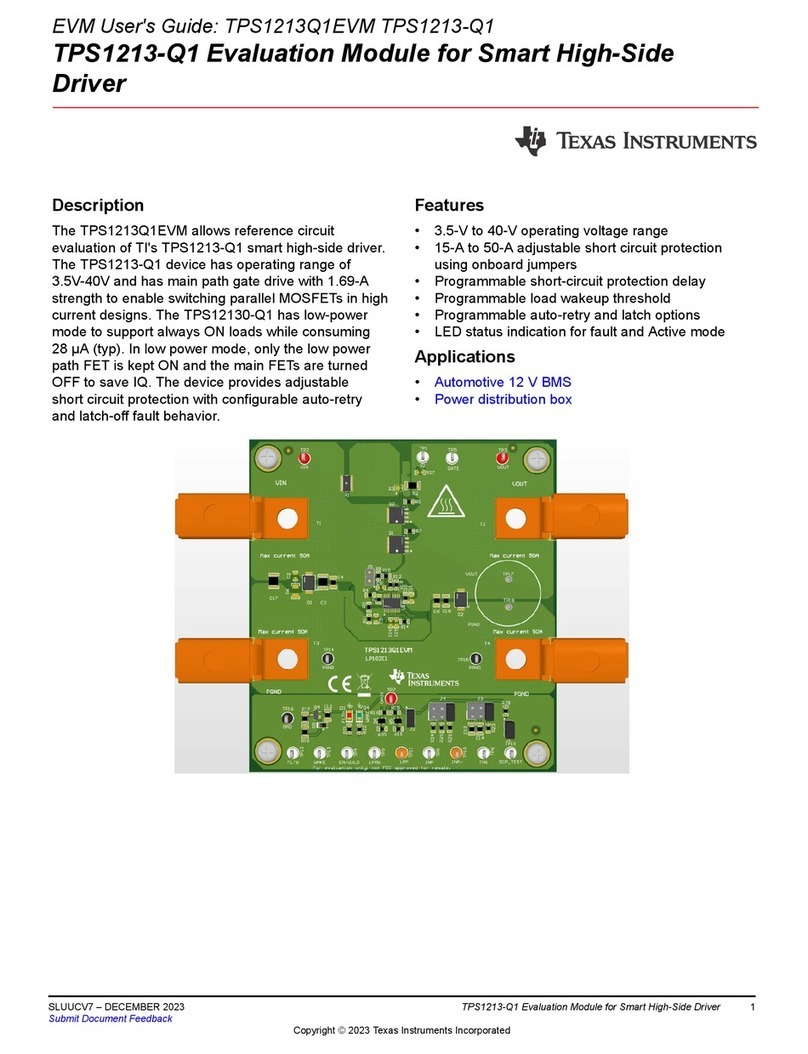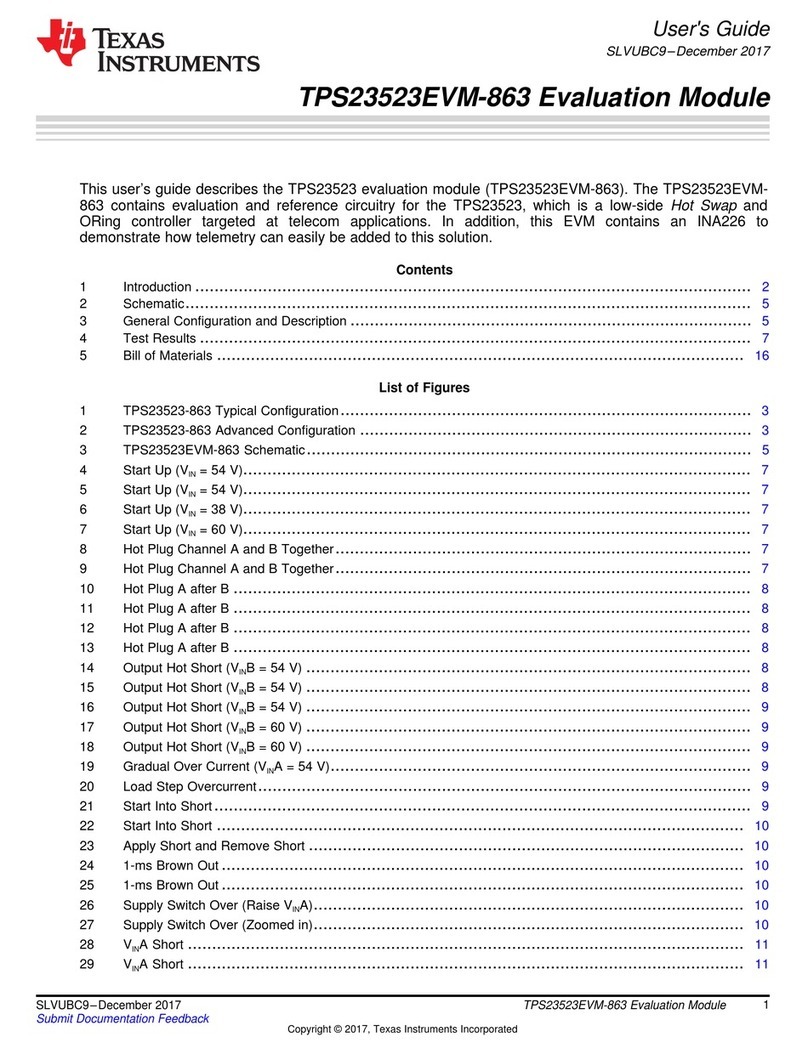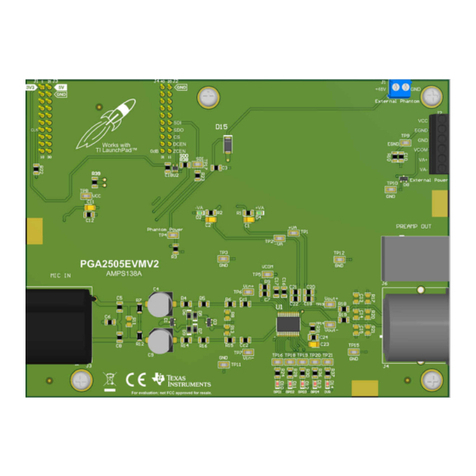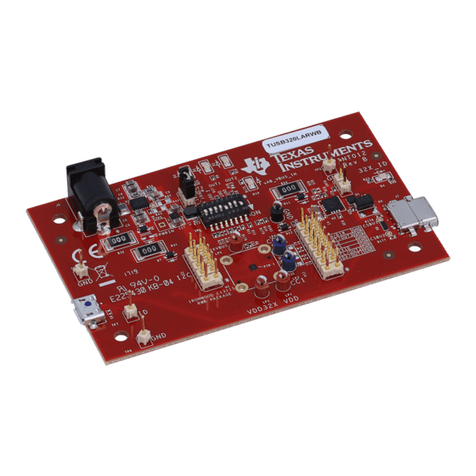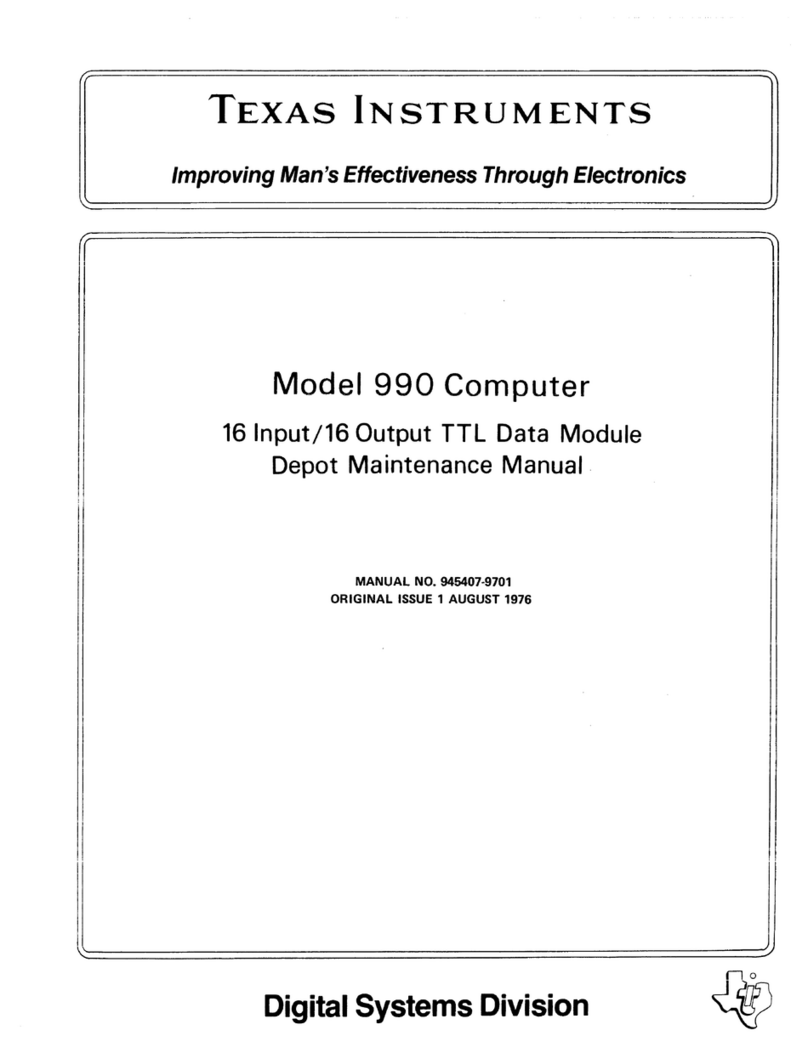
1.2 Transmitter
Pulse width of 50% Pulse width of 12.5%
Transmitter
The data input and output lines, which are connected to a data processing unit, are low-power SchottkyTTL and HCMOS logic compatible.
The functions of the RFM are described in Section 1.2 .
The transmitter power stage is supplied with power via two separate supply lines VSP and GNDP.Because of the high current requirements for the transmitter power stage, these supply lines areseparated from the logic section supply lines and have two pins per line.
The ground pins for the logic section and the transmitter are not connected internally in order to avoidpossible problems with a high resistivity of GNDP pins and in order to increase flexibility when using longsupply lines. Pins GND and GNDP must be connected to each other externally. For more details, refer toSection 3.1 , Power Supply Connection.
The regulated transmitter power stage supply may vary between +7 V and +24 V. The supply lines VSPand VSL should be connected together when the supply voltage is +7 V or more. For details refer toChapter 2 , Specifications.
Note: The RFM has an in-built temperature protection circuit which sharply limits the transmitterpower stage output if an over-current situation or an over-temperature environmentcauses the temperature to exceed the allowed limits. After the device is switched off andhas time to recover (when the temperature drops again or the over-current situation isotherwise rectified) the unit reverts to normal operation when it is switched on again. Suchan occurrence is an indication that the RFM is not being operated within specification.
The transmit frequency (134.2 kHz) from the oscillator is fed to the pulse width modulator (PWM). Bychanging the value of a resistor, the PWM can set the pulse width ratio between 0% and 50%. For anexample of two different oscillator signal pulse widths see Figure 1-2 . Decreasing the 134.2 kHz frequencypulse width ratio decreases the generated transmit (charge-up) field strength.
It is therefore possible to adjust the generated field strength by selecting different pulse width ratios. Formore information about setting the field strength, refer to Appendix B , Field Strength Adjustment.
Figure 1-2. Pulse Width Examples
CAUTION
The RFM must not be operated in continuous transmit mode when operated atfull power output. For details please refer to Chapter 2 , Specifications. Whenusing pulse widths smaller than 50%, the RFM transmitter power stage works ina less efficient way. This leads to an increased power dissipation and thus tohigher temperature increase of the transmitter power stage, so ensure thatmore cooling is provided.
Note: If the RFM is going to be physically located within the antenna field, it may be necessaryto shield the module.
SCBU022 – November 2002 Product Description 9Submit Documentation Feedback
